It’s nearly a decade since the field trials of the Mini E prototype in the UK. Loaned to selected members of the public (as well as in other countries including the US and Germany), it was an experimental car that lost its rear seats to make way for a battery pack.
Much of BMW’s interest was in tracking real-world use of an EV that had a range limited to around 100 miles in the most favourable conditions.
Different countries showed different habits (US users recharged their Mini Es far more often than users in Germany, for example), but it did prove that even limited-range EVs could be used in the same way as a conventional Mini or BMW 1 Series: most journeys were of no more than 85 miles a day.
New Mini Electric revealed as affordable Brit-built EV
A big problem for the Mini E was the powersapping heating system, which dragged the range down as low as 45 miles in deep winter. I met some of the UK Mini E drivers at the Oxford plant where they cheerily revealed how they wore coats and hats to extend the winter range.
The new electric Mini will be a world away in usability, with four seats and a realworld range that shouldn’t drop below 110 miles even on the coldest day. But will an electric Mini become a mainstream model as part of the fourth-generation Mini? Maybe not.
In June, BMW’s director of development, Klaus Fröhlich, told surprised journalists that there was “no customer requests” for battery-electric vehicles. While “regulators” were demanding them, Fröhlich said the only real markets were in China and California.
He said all other markets would be best accommodated by plug-in hybrids “with a good EV range”. Will such brutal business honesty prevail when BMW is planning the future Mini family?




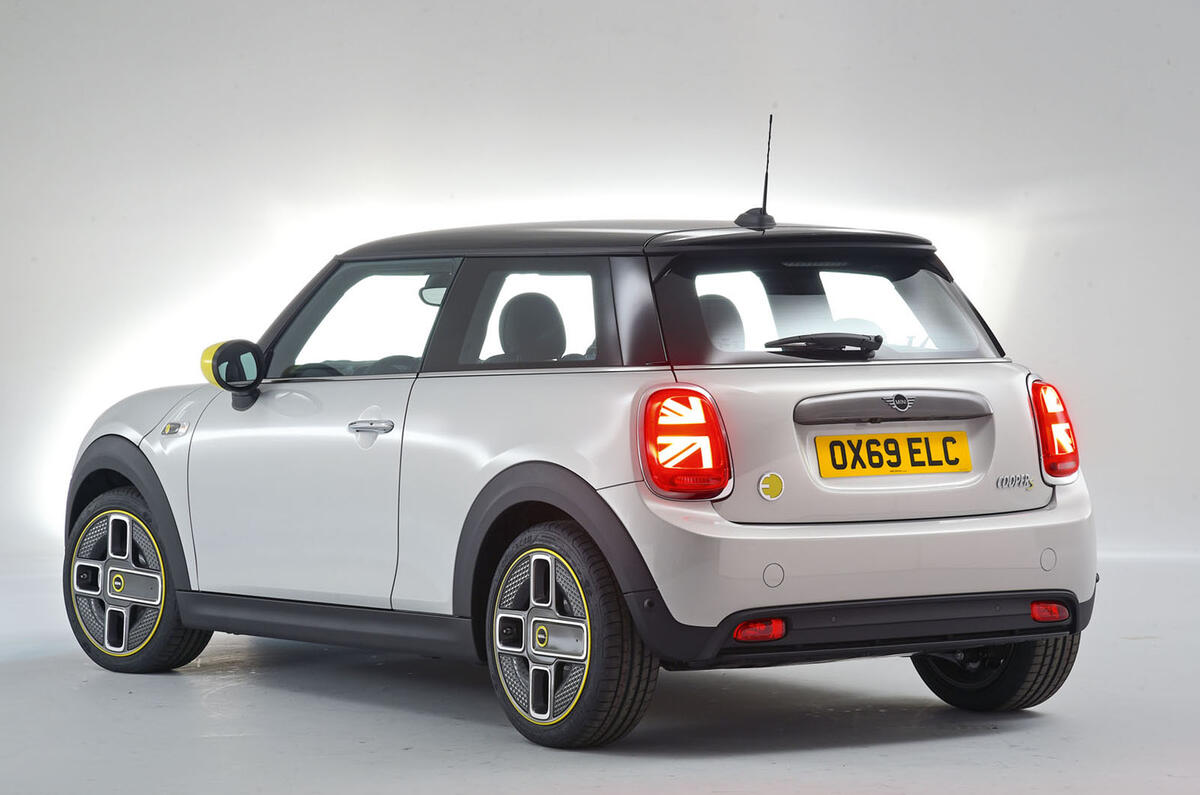
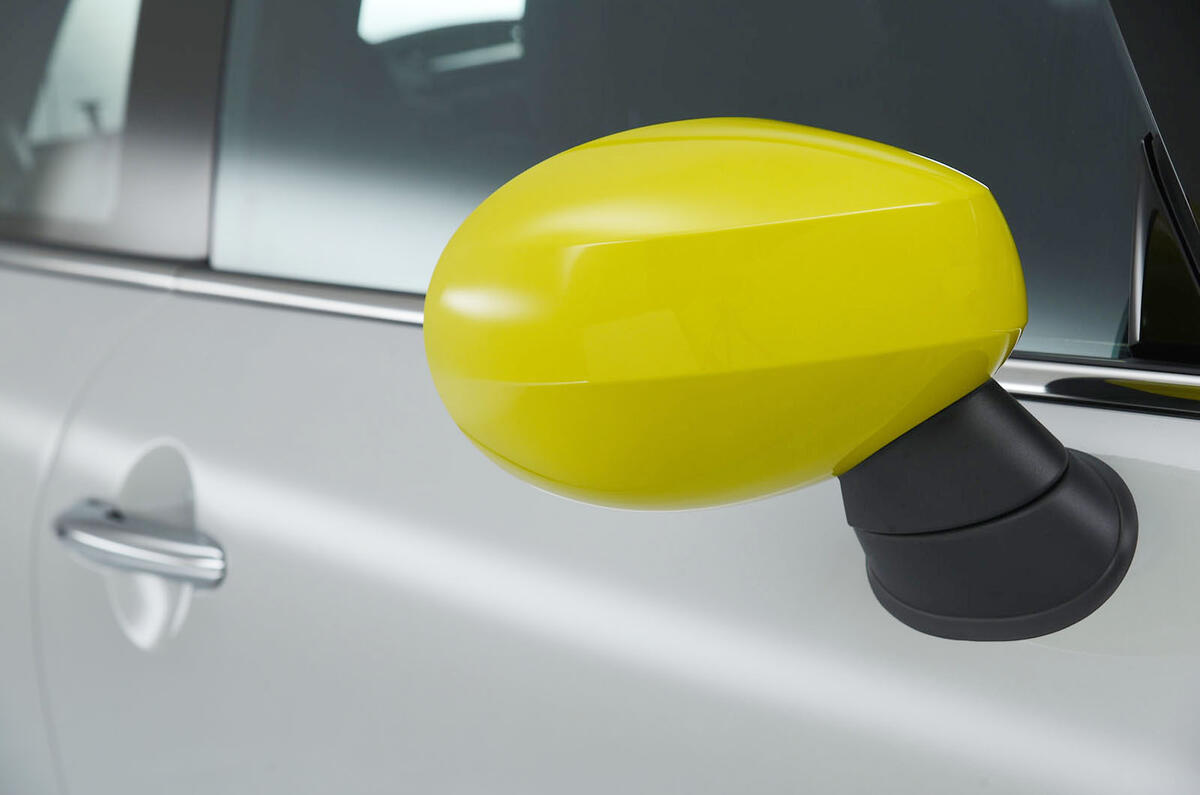
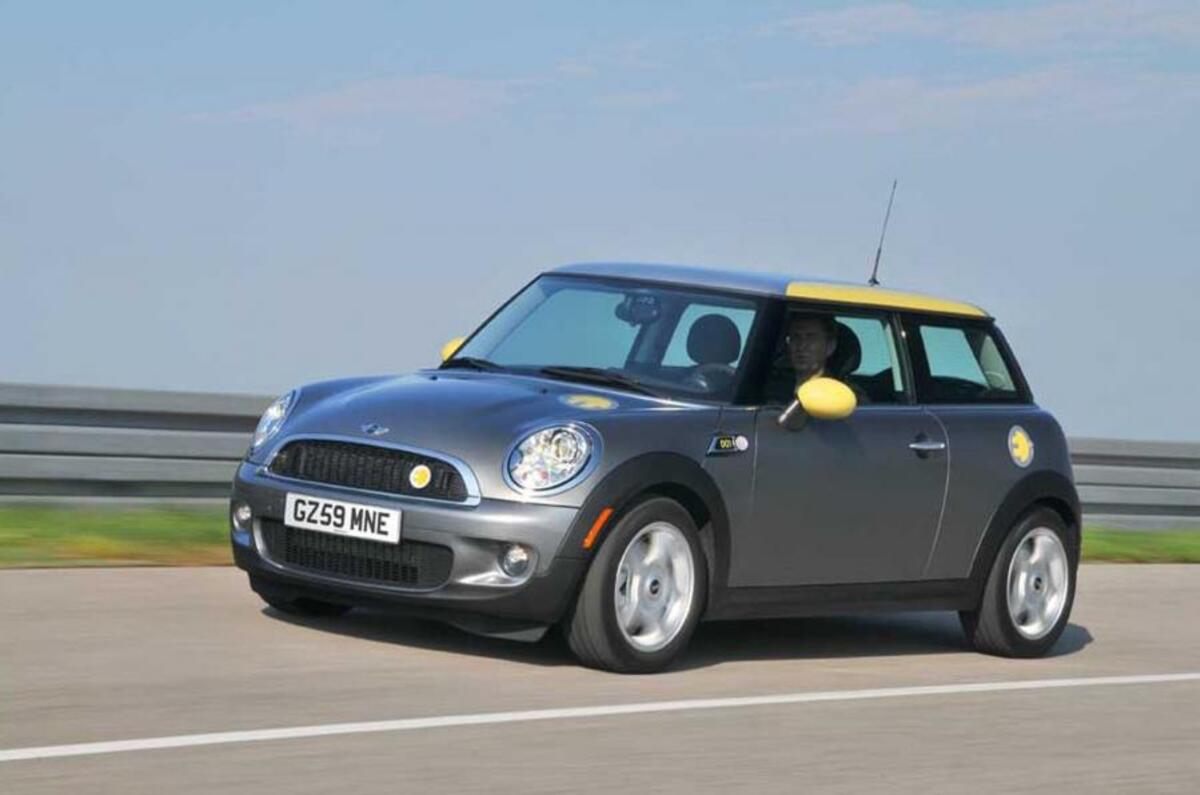
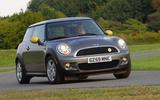
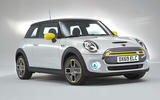
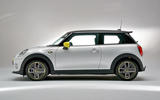
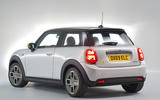
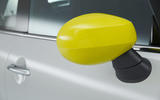
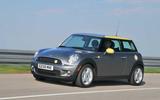


Join the debate
Add your comment
Meanwhile, a rival weekly
Meanwhile, a rival weekly motoring publication has just said senior bosses at BMW have been surprised by the interest and demand surrounding the MINI E, and talk about the brand becoming electric only in the future.....
Seriously this is some pretty
Seriously this is some pretty dinosaur journalism.
BMW's boss resigned last week essentially because BMW have failed to progress with electric cars after an early lead and because the Model 3 is killing the 3/5 series in any market where it is being supplied to.
The new Mini E is only slightly cheaper than a Tesla Model 3 and is considerable less capable in terms of size, range and performance, the new Hyundai EV is about the same price and considerably more capable.
The Mini E represent a significant regression compared to Tesla and no progress internally as it is basically a repacked I3.
The "brutal honesty" is more like self dillusion that many in the automotive journalism world share. People don't want BMW's sub par electric cars, they do want EV's from manufacturers who can make good ones.
The reason nobody has built an effective "Tesla killer" is because for mainstream manufacturers to fight Tesla first they have to fight themselves.
I get what you're saying but
I get what you're saying but a mini as an ice car is inferior to a model 3 sized car for similar reasons and is a similar price, they surely aren't bought because they're value for money, so to compare it with a Kona and state that it's range and space are inferior for a similar price is missing the point as the petrol versions price comparison with a petrol Kona probably shows the mini in an even worse light for value etc
Shouldn’t...?
So, it’s a city car then?, nothing else to comment on about the car, it’s a Mini.